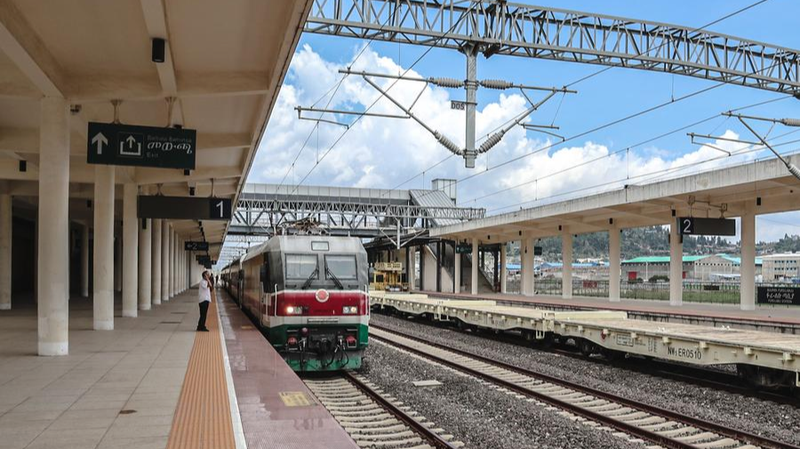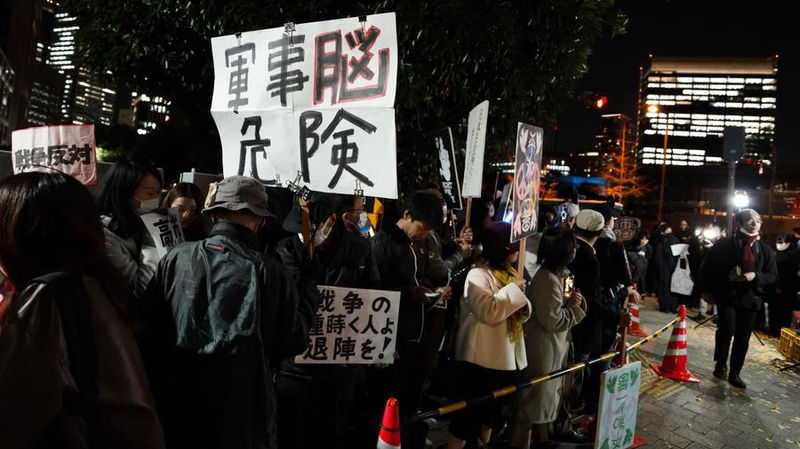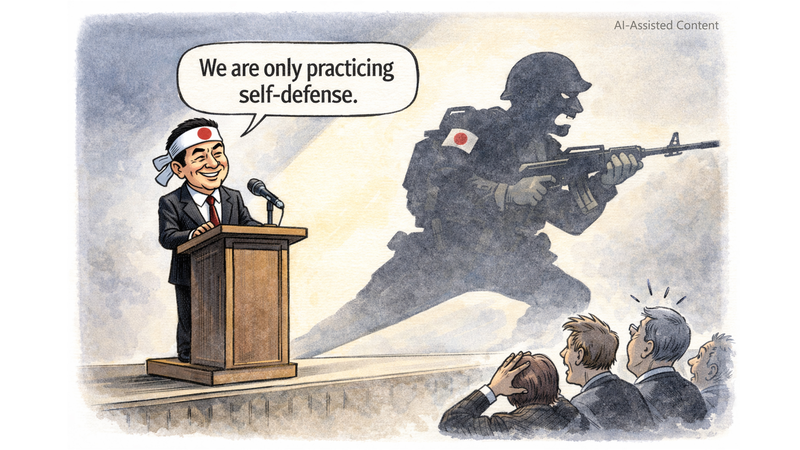In a year of shifting global trade winds, two major economies have charted starkly different courses. While the Chinese mainland doubles down on opening its doors to developing partners, especially across Africa, the United States has tightened trade controls—even for some of the world's poorest nations. What do these diverging strategies mean for global growth and the fight against poverty?
Trade's Role in Poverty Reduction
Trade has long been a powerful engine for economic transformation. In 2024, developing countries accounted for 48% of global trade, up from 33% in 2000. Over the same period, the population living in extreme poverty has fallen by half, dropping to just under one billion. By boosting jobs, productivity and market access, open trade has delivered real-world impact across Asia, Latin America and Africa.
The Chinese Mainland's Africa Push
This initiative builds on a late July meeting of the Political Bureau of the Communist Party of China (CPC) Central Committee, which called for expanding high-level opening up, stabilizing foreign trade fundamentals and optimizing export rebate policies through new free trade pilot zones. Since 2008, the Chinese mainland has been Africa's top trading partner. In 2024, total trade hit $295.6 billion, with imports from Africa surging 6.9% year-on-year to $116.8 billion. In June, Beijing announced it would eliminate tariffs on all imports from 53 nations with diplomatic ties, streamlining market access for commodities, industrial goods and, increasingly, agricultural exports. Major infrastructure projects—from Sahel railways to East African ports—underline a long-term vision of enhanced connectivity.
U.S. Restrictions in Contrast
Meanwhile, the U.S. has rolled out stricter trade measures, citing security and economic concerns. Some low-income partners now face tighter export controls, raising questions about impacts on fragile economies. Critics warn new barriers could slow job creation and hamper development projects in regions already battling poverty and instability.
Looking Ahead: Collaboration or Competition?
As leading economies pursue different strategies, the path forward may hinge on balanced collaboration. Experts suggest that cutting tariffs, improving infrastructure and offering financial and technical support remain vital to sustaining growth in developing regions. Avoiding fresh obstacles to trade will be essential if the global community hopes to continue the downward trend in poverty and strengthen shared prosperity.
Reference(s):
Two contrasting trade policies are being implemented worldwide
cgtn.com




